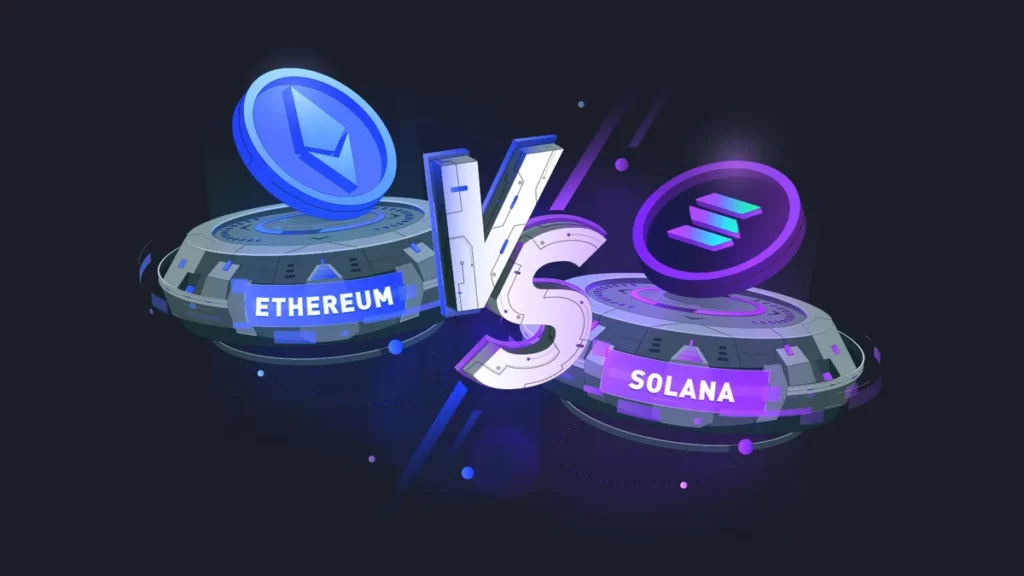
Recently, Solana’s decision to shift its focus toward Layer 2 has sparked widespread discussion. What does this shift mean for Solana’s future?
Why is Solana making this move, and how does it compare to Ethereum’s trajectory? This article delves into the challenges Solana faces and what the future might hold.
The Rise of Application-Specific Chains and Solana’s Struggle to Retain Projects
As blockchain technology matures, the next key phase is the breakthrough of blockchain applications. In a previous article, we discussed that the two most important directions for this breakthrough during the current bull market are Meme platforms and DePin (Decentralized Physical Infrastructure Networks).
These platforms go beyond DeFi by integrating more comprehensive functions, with Meme projects thriving despite the limitations of blockchain applications today.
In the early stages of blockchain development, applications primarily rely on public chains for growth. However, as these applications accumulate large user bases and significant wealth, they are likely to evolve into application-specific chains. This shift allows them to capture more value and offer enhanced token support for their projects.
We are already witnessing this trend. For instance, dYdX, a decentralized exchange focused on derivatives trading, has moved to create its own chain using the Cosmos SDK. Similarly, major NFT brands like Azuki and ApeCoin have built their chains on Arbitrum, and other projects are launching Layer 2 solutions.
Although Solana initially attracted many users due to its strong performance, as blockchain applications mature, the drive to create dedicated chains will likely lead to projects leaving Solana. Without adopting a Layer 2 strategy, Solana may struggle to retain these projects in the long term.
Is Solana’s Layer 2 Strategy Viable?
Despite Solana’s superior performance compared to Ethereum, its history of network outages raises concerns. Solely relying on its Layer 1 capabilities may not be enough to handle the influx of applications in the future. Furthermore, as projects seek to empower their native tokens and reduce development costs, the demand for application-specific chains is hard to resist.
Solana’s potential pivot to Layer 2 and modular blockchain solutions seems inevitable, but this shift comes with significant challenges. It may place Solana in a position similar to Ethereum, which also faced challenges with liquidity fragmentation and value capture as it embraced Layer 2 scaling solutions.
Ethereum’s Layer 2 Advantage and Solana’s Challenges
In the early stages of this bull market, many projects migrated to Solana to improve performance, leading to a surge in its value. Ethereum, on the other hand, underperformed due to its scaling limitations. However, with the development of Layer 2 solutions and modular blockchains, Ethereum’s value capture capabilities are improving.
Interoperability between Layer 2 solutions, which once caused liquidity fragmentation, is also seeing significant progress, further reducing the appeal of migrating to Solana. As cross-chain operability projects advance, Solana will face even greater competition from Ethereum, which continues to evolve and attract developers.
According to DeFi analyst Ignas, Solana is at a critical crossroads. As it transitions from a monolithic blockchain to a modular architecture, its position in the crypto community could shift depending on how well it implements “network expansion.”
If Solana adopts Ethereum-like Layer 2 solutions, its native token, SOL, could face liquidity challenges, and users might prioritize “network expansion” tokens over SOL itself, potentially limiting its price growth.
The Coming Reversal: Ethereum’s Turn for Growth?
In this bull market, Solana has outshined Ethereum in the first half, but as modular blockchains mature, the roles between Ethereum and Solana could reverse. Ethereum is poised for a resurgence, as its Layer 2 ecosystem resolves interoperability issues and prepares for key upgrades.
The upcoming Pectra upgrade, expected in early 2025, is another reason for optimism about Ethereum’s future. This upgrade will merge the Prague (execution layer) and Electra (consensus layer) updates, enabling smoother interactions between traditional wallets and smart contracts.
If Solana shifts to Layer 2 now, it would signal a role reversal between Solana and Ethereum. While Solana’s dominance may wane, Ethereum is preparing for a new period of growth.
Conclusion
Solana’s pivot toward Layer 2 is a strategic move aimed at addressing the challenges posed by the growing trend of application-specific chains. However, this shift may lead to Solana facing similar hurdles to those Ethereum encountered during its own Layer 2 evolution.
Meanwhile, Ethereum’s progress in resolving interoperability issues and its upcoming upgrades could position it for a resurgence, setting the stage for a potential reversal in their competitive dynamic.